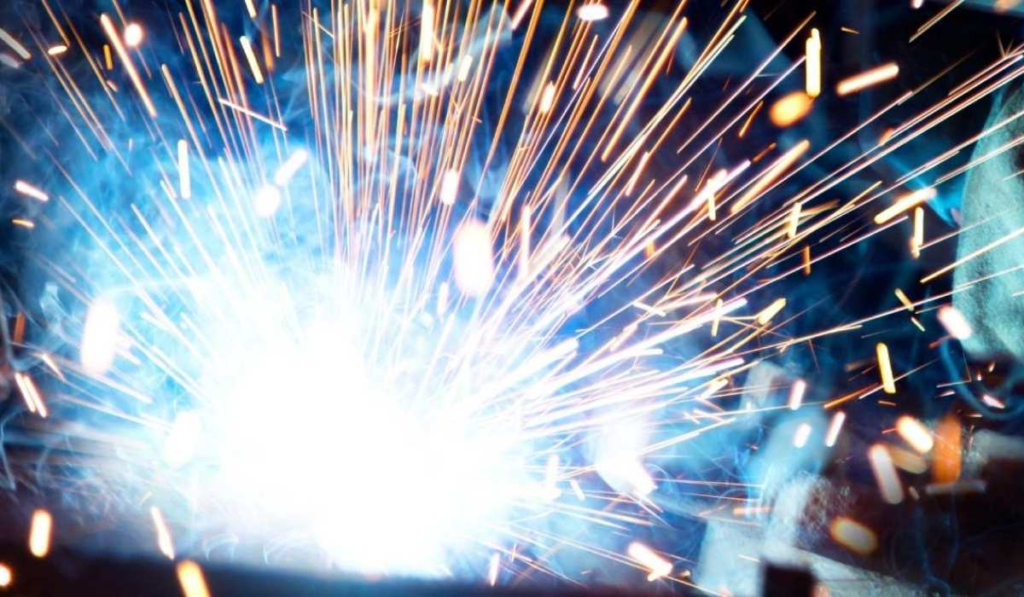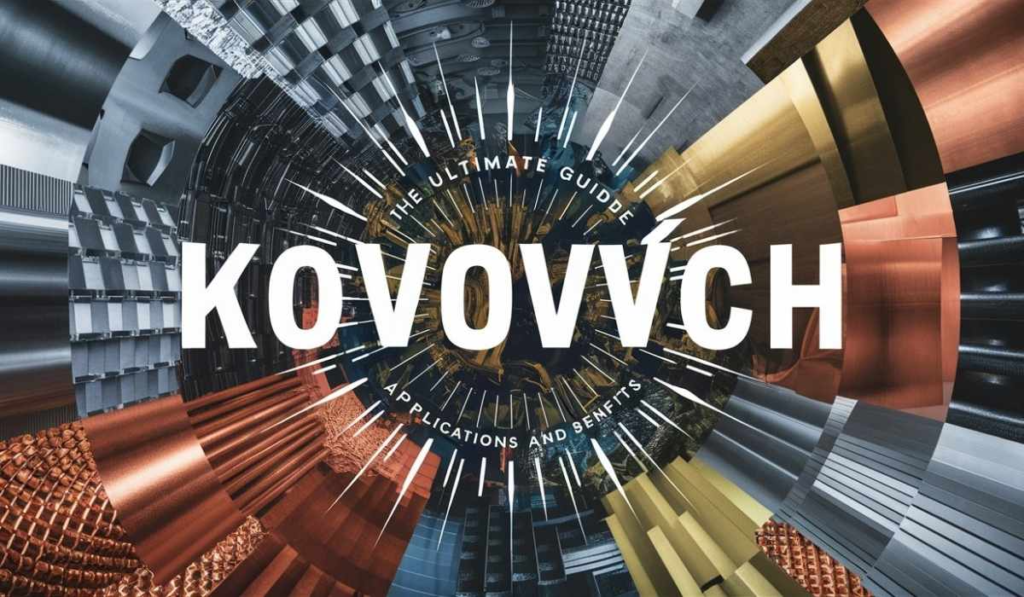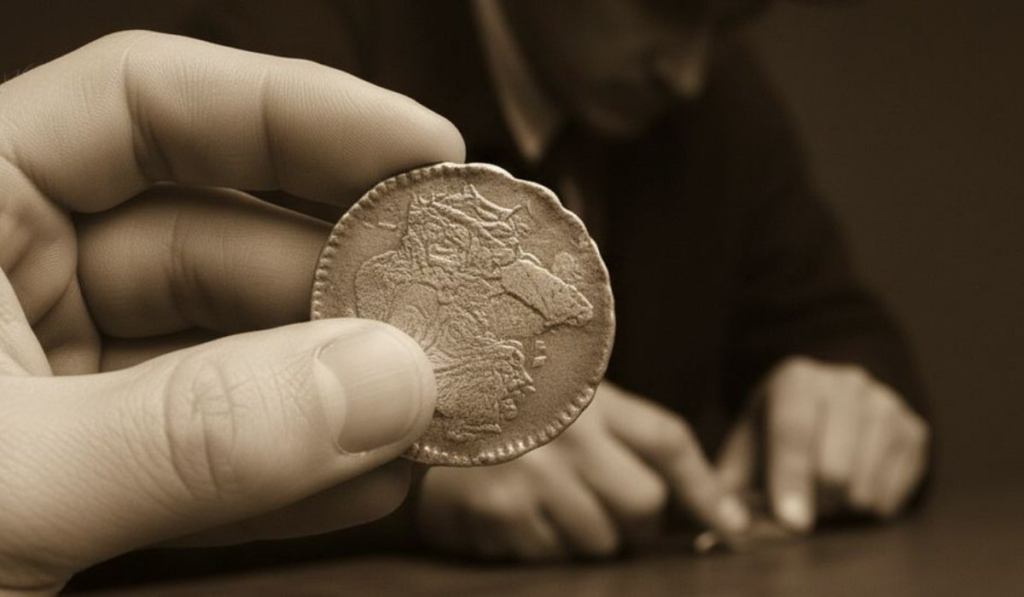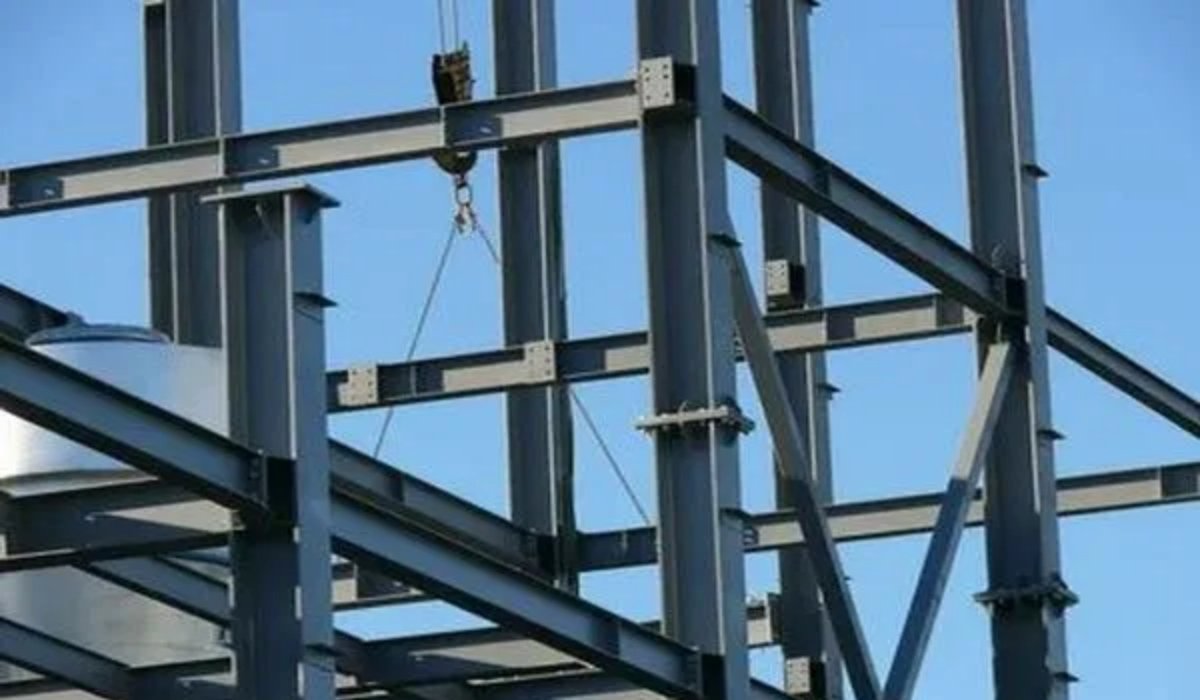The manufacturing of kovových constructions and metal products plays a vital role in shaping modern society. From skyscrapers to bridges, from industrial machinery to consumer goods, structures form the backbone of the global economy. The strength, durability, and adaptability of materials make them indispensable in architecture, automotive engineering, aerospace, energy production, and many other industries. This guide provides a deep exploration into the processes, applications, benefits, and challenges of manufacturing, offering a complete overview for engineers, students, business owners, and anyone interested in industrial production.
The Meaning and Importance of Kovových in Industry
The term kovových refers to metallic or metal-based materials and products. In construction and manufacturing, components are chosen for their resilience, strength, and long-term performance. Unlike other materials such as plastic or wood, structures can withstand extreme pressure, temperature fluctuations, and environmental stress. The importance of extends beyond durability; metals also provide a sense of stability and innovation. Their ability to be molded, shaped, and recycled repeatedly without losing quality makes materials one of the most sustainable solutions in today’s manufacturing sector.
Historical Development of Kovových Manufacturing

The history of kovových manufacturing can be traced back thousands of years, beginning with the use of copper and bronze in ancient civilizations. Over time, iron and steel revolutionized construction and weaponry, giving rise to industrial growth. The Industrial Revolution in the 18th and 19th centuries marked a turning point for production, as machinery and mass production methods replaced manual crafting. Today, the industry has embraced advanced technologies such as computer-aided design (CAD), automated cutting systems, and robotics. These innovations have made production faster, safer, and more precise than ever before.
Processes Involved in Kovových Manufacturing
Manufacturing kovových constructions and products involves a series of processes designed to transform raw metal into usable components. These processes include:
Casting
Casting is the process of pouring molten metal into molds to form specific shapes. It remains one of the oldest yet most effective methods in manufacturing.
Forging
Forging involves compressing metal under high pressure to improve its strength and durability. This method is commonly used in producing automotive and aerospace parts.
Welding
Welding is crucial in joining kovových structures. From shipbuilding to skyscraper frameworks, welding ensures strong, seamless connections.
Machining
Machining uses tools such as lathes and mills to cut and shape kovových materials into precise components.
Surface Treatment
Processes like galvanizing, powder coating, and polishing enhance the appearance and durability of kovových products, protecting them from corrosion and environmental wear.
Applications of Kovových Constructions

Kovových materials have widespread applications across different industries. In construction, beams and frames form the structural skeleton of buildings and bridges. In the automotive sector, components ensure vehicle safety, efficiency, and longevity. Aerospace industries rely heavily on alloys for aircraft parts due to their strength-to-weight ratio. Even in daily life, products can be found in appliances, furniture, and tools. This versatility demonstrates why continues to dominate industrial production worldwide.
Advantages of Kovových Materials in Manufacturing
Kovových products are chosen for many reasons that extend beyond strength. They offer a unique combination of properties that make them indispensable in modern production.One of the primary advantages is durability. structures can last decades without significant degradation, making them cost-effective over the long term. Another advantage is versatility; can be molded into virtually any shape and combined with other materials to enhance performance. Sustainability is another key benefit. Most products can be recycled without losing their original quality, aligning with the global push toward eco-friendly manufacturing. Finally, the safety and resilience of make them suitable for applications where human lives depend on structural integrity, such as bridges, tunnels, and aircraft.
Challenges in Kovových Manufacturing

Despite its benefits, manufacturing is not without challenges. One of the most pressing issues is energy consumption. Producing materials such as steel and aluminum requires high temperatures and significant power, contributing to environmental concerns. Another challenge is cost fluctuation, as raw metal prices are heavily influenced by global supply and demand. Furthermore, skilled labor is essential in manufacturing, but there is a growing shortage of trained workers in welding, machining, and fabrication. Addressing these challenges requires continuous innovation and investment in research and development.
Innovations Transforming Kovových Production
Modern technology has brought groundbreaking innovations to kovových manufacturing. Automation and robotics have increased efficiency while reducing human error. Additive manufacturing, also known as 3D printing, is now being used to produce components layer by layer, minimizing waste. Artificial intelligence and digital twins are being employed to simulate structures before production, allowing for optimization and error prevention. Sustainable practices, such as using renewable energy in smelting and promoting circular manufacturing models, are also transforming the industry. These innovations not only reduce costs but also make production more environmentally friendly.
The Future of Kovových Constructions and Products

Looking ahead, manufacturing is set to grow alongside global demand for infrastructure, energy solutions, and advanced technology. Smart cities, electric vehicles, and renewable energy systems will all depend on high-quality materials. Sustainability will play a key role, with recycling and green production methods shaping the future of the industry. Additionally, nanotechnology and advanced alloys will create products that are stronger, lighter, and more adaptable than ever before. As industries evolve, the reliance on will only deepen, making it one of the most crucial sectors in modern society.
Conclusion
The manufacturing of kovových constructions and metal products is more than just an industrial process; it is the foundation of modern civilization. With a long history, innovative production methods, and applications that touch nearly every aspect of human life, materials will continue to shape the future. By embracing technological advancements and sustainable practices, the industry can address challenges and remain a cornerstone of progress. Whether in towering skyscrapers, innovative vehicles, or cutting-edge technologies, will always play a central role in building the world of tomorrow.
Frequently Asked Questions
1. What does kovových mean in manufacturing?
- Kovových refers to metallic or metal-based materials and products that are widely used in construction, engineering, and industrial applications.
2. Why are kovových structures important in construction?
- Kovových structures provide strength, durability, and stability, making them essential for buildings, bridges, and infrastructure projects.
3. What are the main processes used in kovových manufacturing?
- The main processes include casting, forging, welding, machining, and surface treatment, each designed to enhance strength and precision.
4. What challenges does kovových manufacturing face?
- The industry faces challenges such as high energy consumption, raw material cost fluctuations, and a shortage of skilled labor.
5. What is the future of kovových manufacturing?
- The future lies in sustainable practices, advanced alloys, nanotechnology, and innovations like 3D printing, which will make kovových products stronger and more efficient.








